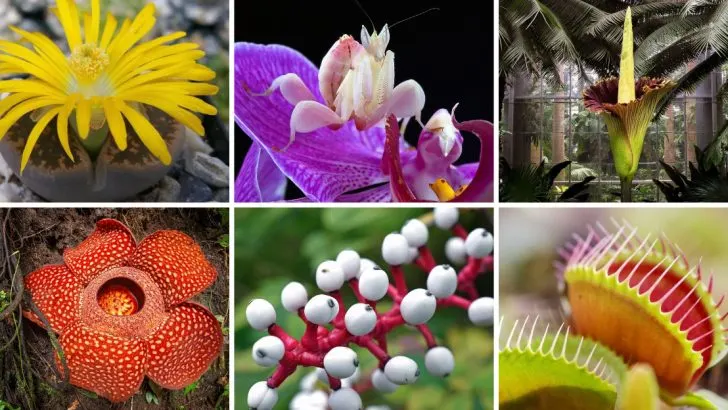Some plants look so perfect, they seem fake—like someone crafted them out of wax or plastic and tucked them into a pot for effect. You almost want to poke them just to be sure they’re real. And while these beauties definitely are alive, they can be surprisingly fragile behind that flawless appearance.
They might bruise easily, react badly to drafts, or throw a fit over changes in light. Still, their surreal looks make them hard to resist. These 17 plants blur the line between nature and design, and while they can be a bit delicate, they’re worth the extra care just for the conversations they start.
Lithops (Living Stone)
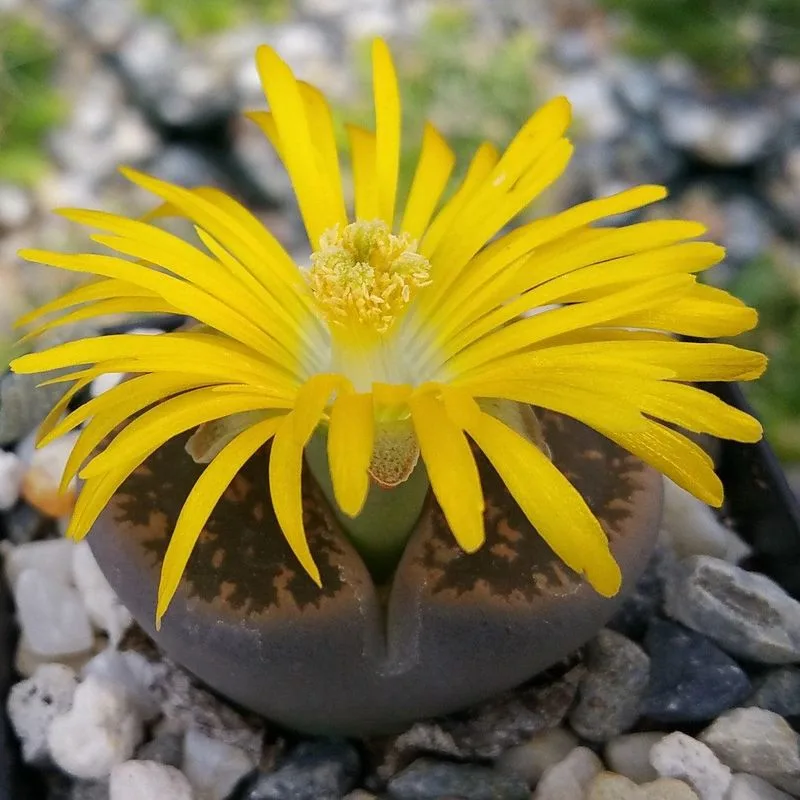
Imagine stones that bloom. Lithops, or “Living Stones,” are succulents that mimic pebbles. This disguise helps them avoid predators in Africa’s arid regions.
Each plant is a pair of leaves that split open to reveal a daisy-like flower. These fascinating plants are fragile, needing precise watering to mimic desert rains.
Overwatering can be fatal, much like drowning. Their quirky appearance and unique survival adaptation make them a collector’s delight. Did you know? Lithops can live up to 40 years with proper care.
Orchid Mantis
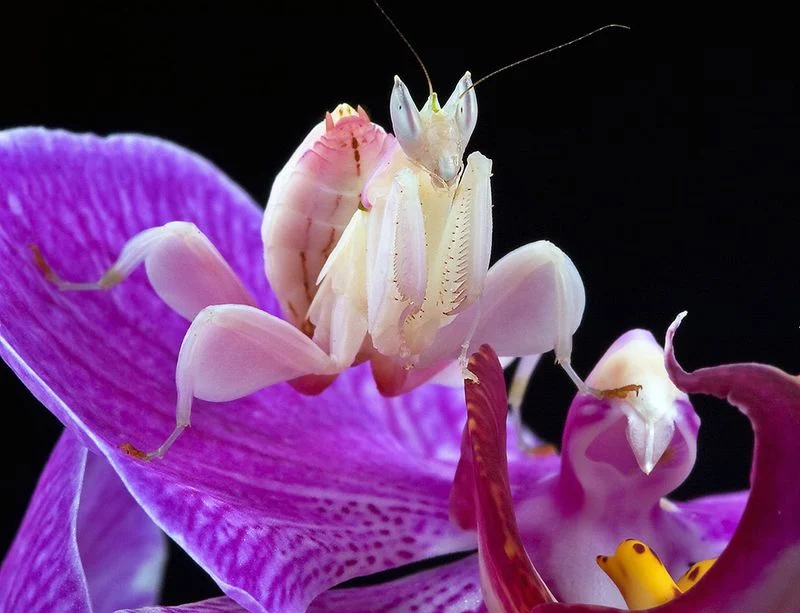
In the realm of mimicry, the Orchid Mantis reigns supreme. This insect resembles an orchid flower, complete with petal-like limbs. Native to Southeast Asia, it uses its appearance to ambush prey.
Despite its striking look, the mantis is as fragile as the flowers it mimics. Gentle handling is essential for its survival.
Its captivating blend of beauty and predatory skill fascinates entomologists and nature lovers alike. Fun fact: The female mantis is larger and often more colorful than the male.
Corpse Flower
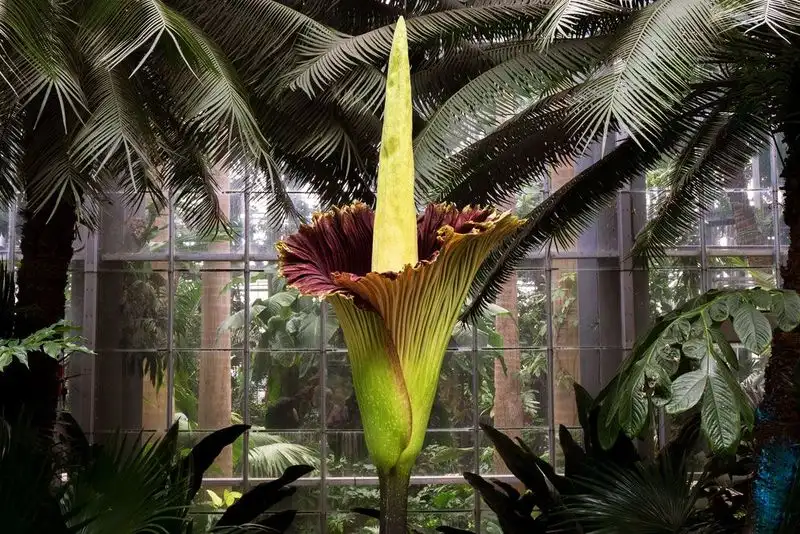
The Corpse Flower is notorious for its putrid aroma, resembling rotting flesh. This scent attracts carrion-eating beetles for pollination.
Standing up to 10 feet tall, it looks like an alien life form. Despite its imposing size, the flower is delicate and only blooms once every few years.
The intricate blooming process is a marvel of nature’s scheduling. Did you know? The Titan Arum, its other name, is one of the largest flowers in the world.
Rafflesia
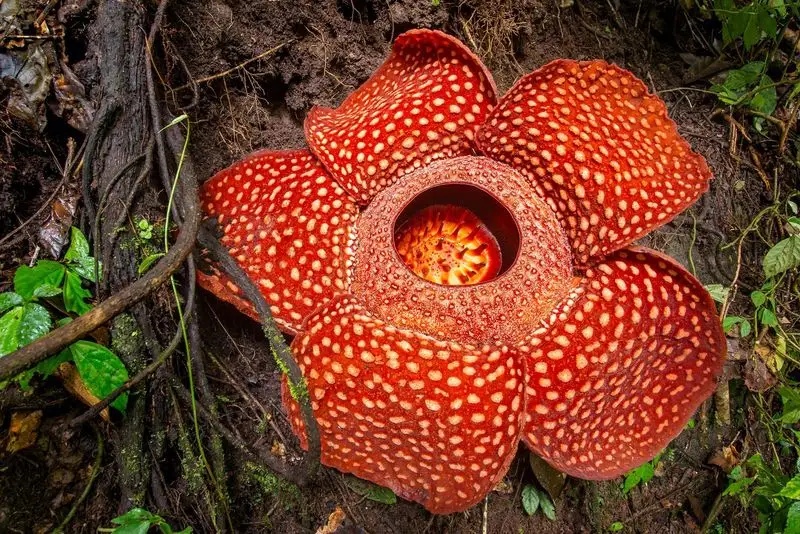
Rafflesia astonishes with its enormous size and peculiar odor. Found in Southeast Asian rainforests, it is a parasitic plant lacking roots or leaves.
The bloom can reach over three feet in diameter and emits a smell of decaying meat. This odor lures insects for pollination.
Its lifecycle is mysterious, as it remains hidden within its host most of the time. Fun fact: Rafflesia is the largest individual flower known to science.
White Baneberry (Doll’s Eyes)
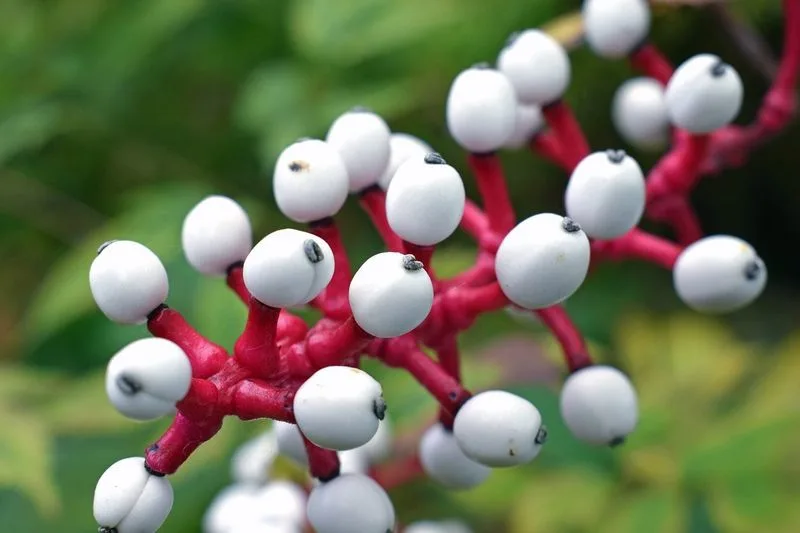
White Baneberry, also known as Doll’s Eyes, fascinates with its ghostly berries. These berries have a dark spot that looks like a pupil, sitting atop red stems.
Native to North American forests, every part of this plant is toxic if ingested. Yet, its delicate structure can be damaged easily.
The plant’s haunting appearance adds an eerie charm to shaded gardens. Did you know? The toxicity of Baneberry ensures it has few natural predators.
Venus Flytrap
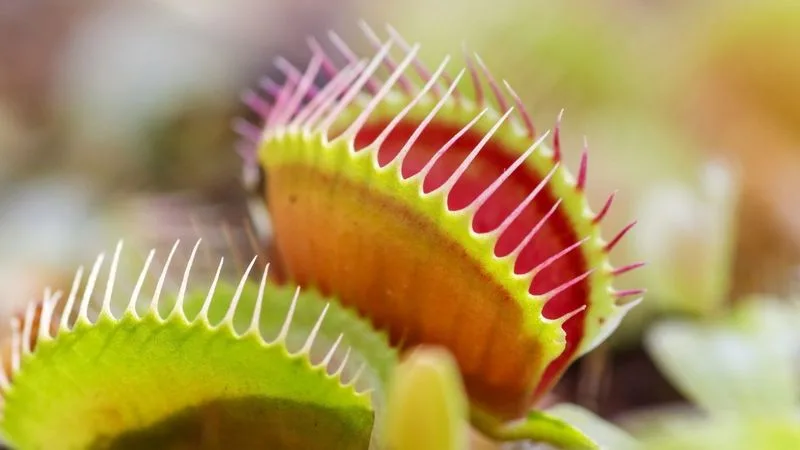
The Venus Flytrap is famed for its carnivorous appetite. Native to North and South Carolina, its jaw-like leaves snap shut on insects, lured by nectar.
This mechanism is triggered by tiny hairs, showcasing nature’s ingenuity. Despite its ferocious diet, the plant is sensitive and can be harmed by overfeeding.
Its fascinating feeding habit makes it a popular houseplant. Did you know? The Venus Flytrap can count; it waits for two touches before closing to avoid false alarms.
Pitcher Plant
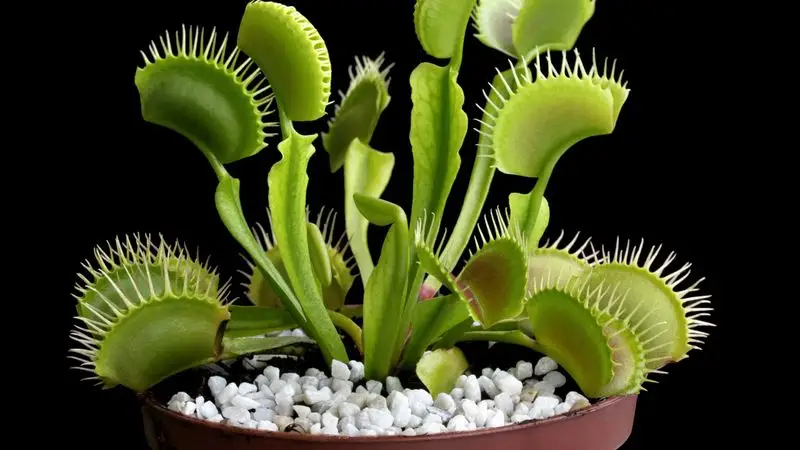
Pitcher Plants lure insects with their vibrant colors and sweet nectar. Once inside the tubular leaves, prey is trapped and digested.
These unique plants are native to nutrient-poor environments, relying on their carnivorous diet. Despite their deadly trap, they are fragile and require specific care.
Their intricate design and adaptive strategy are a testament to nature’s creativity. Fun fact: Some species have evolved mutualistic relationships with certain mammals who use them as toilets, providing nutrients.
Bleeding Heart
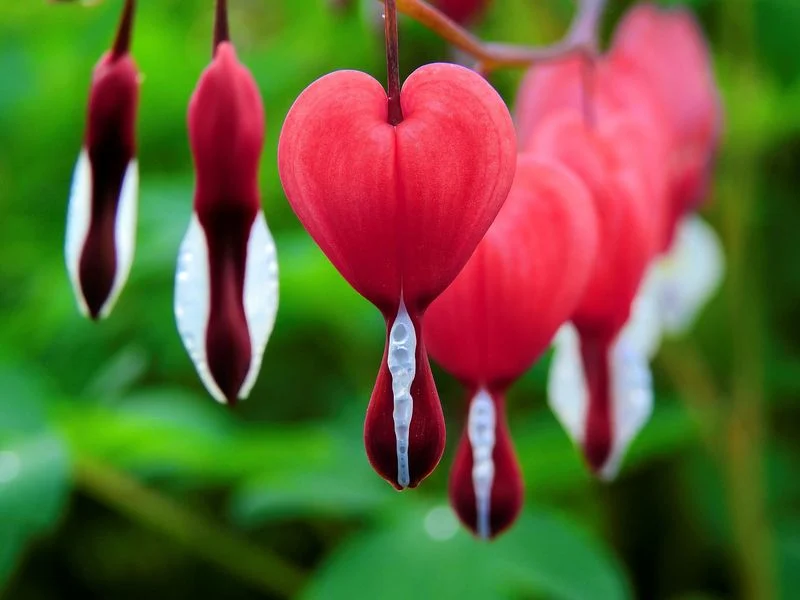
Bleeding Hearts enchant with their heart-shaped flowers that appear to drip with color. Native to Asia and North America, they thrive in shaded gardens.
Despite their romantic appearance, these plants are surprisingly fragile, wilting easily in strong sunlight or drought conditions.
Their captivating floral display adds a touch of whimsy to spring gardens. Did you know? The flowers symbolize love and are often used in romantic bouquets.
Ghost Plant
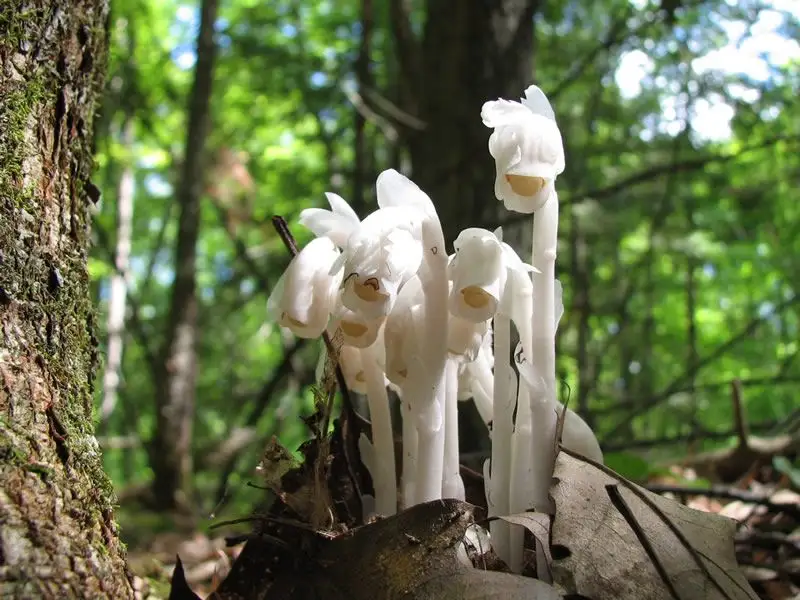
The Ghost Plant, or Indian Pipe, is a rare sight. Its ethereal, white appearance makes it seem otherworldly. Unlike most plants, it doesn’t photosynthesize.
Found in dark, damp forests, it absorbs nutrients from fungi. Its delicate structure is easily damaged by handling.
The plant’s ghostly beauty and unique ecological role make it a subject of fascination. Fun fact: It turns black when it dries, adding to its spooky allure.
Bat Flower
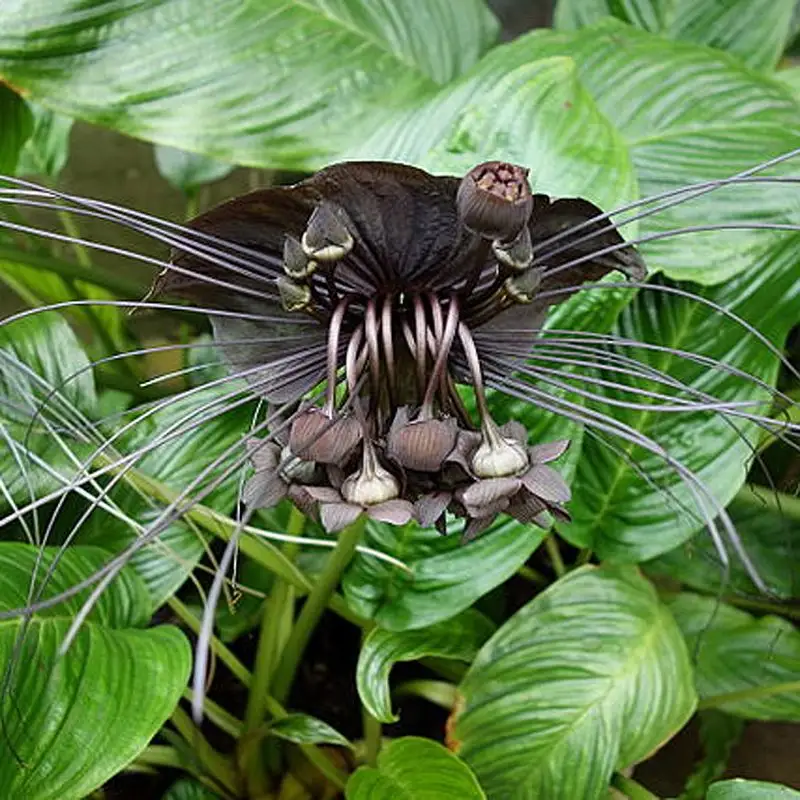
The Bat Flower intrigues with its bat-shaped blooms and long, whisker-like bracts. Native to Southeast Asia, it thrives in tropical environments.
Despite its bold appearance, the plant is sensitive to light and requires high humidity to flourish. This fragility contrasts with its dramatic form.
Its mysterious beauty makes it a prized specimen among collectors. Did you know? The Bat Flower’s whiskers can grow up to 28 inches long.
Succulent Rock Plant
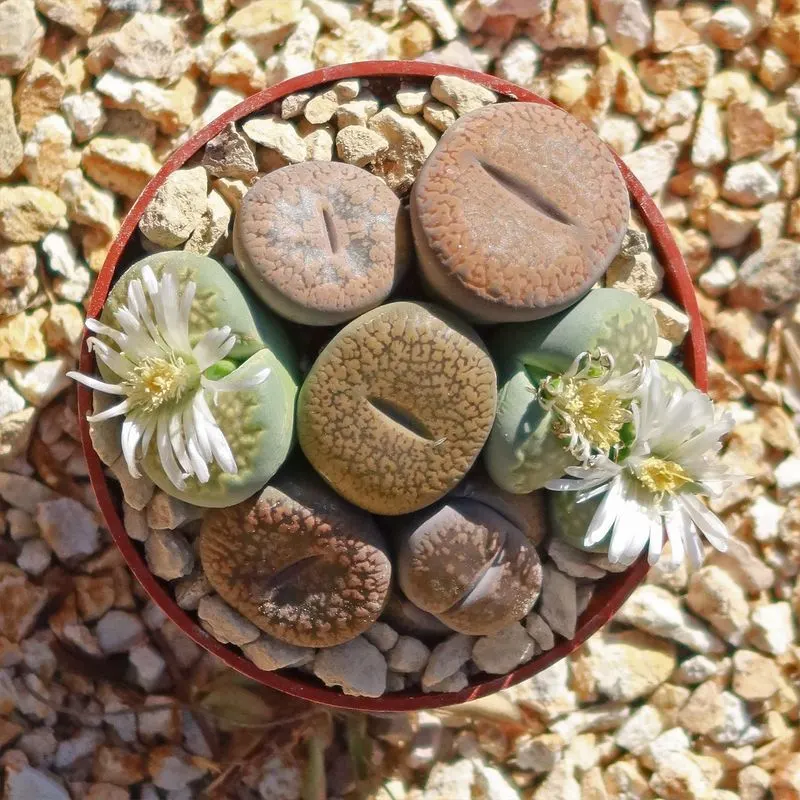
Appearing like stones but thriving as plants, Succulent Rock Plants are nature’s clever mimicry. These South African natives blend seamlessly into rocky landscapes, eluding predators.
Their slow growth and need for arid conditions make them delicate despite their robust appearance. Overwatering is their greatest enemy.
The plant’s camouflaging talent and survival strategy are captivating features. Fun fact: Succulent Rock Plants can survive for months without rain, relying on stored water.
Parrot Flower
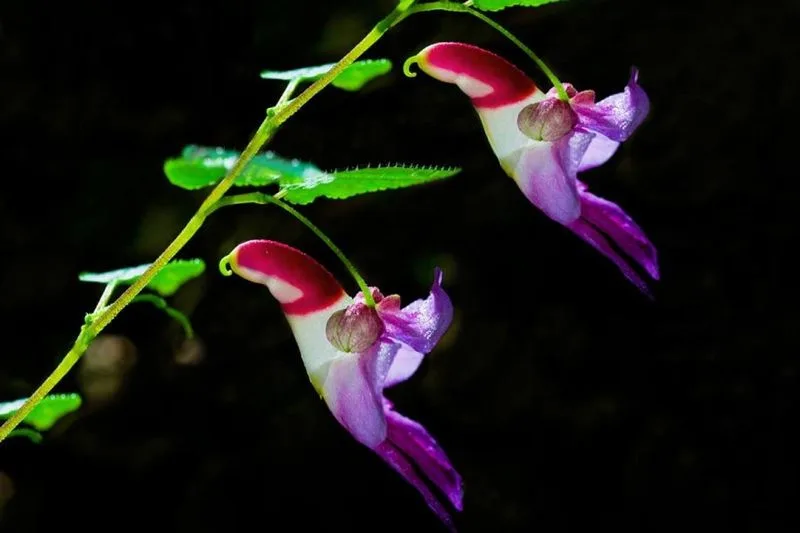
The elusive Parrot Flower is a visual marvel, resembling a parrot in flight. Native to Thailand, it’s a rare gem among botanists.
Its bright colors and intricate shape make it look unreal, yet it’s incredibly fragile, thriving only in specific conditions. The plant’s rarity and vivid beauty make it highly sought after.
Did you know? It is illegal to export the Parrot Flower from Thailand, adding to its mystique.
Sensitive Plant
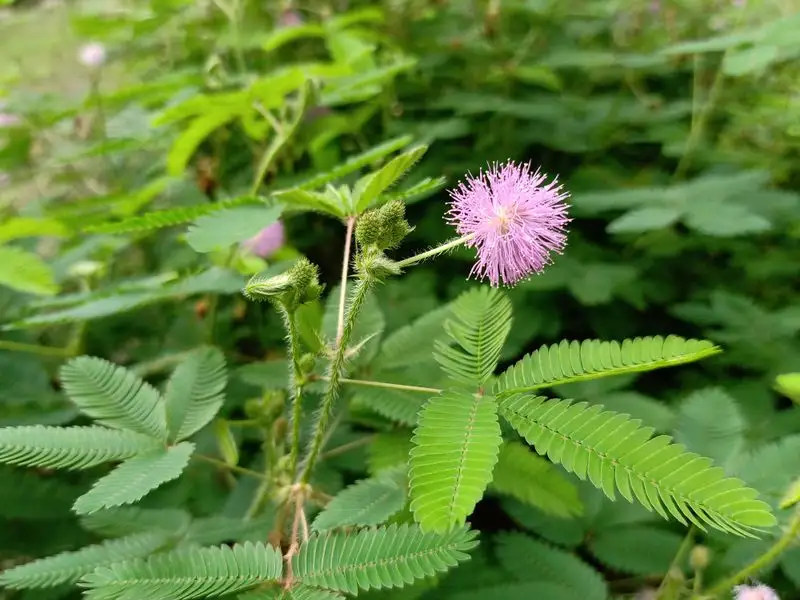
The Sensitive Plant is renowned for its responsive leaves, which fold at the slightest touch. This fascinating behavior is a defense mechanism.
Native to South and Central America, it prefers humid environments. Despite its interactive trait, the plant is delicate and requires careful handling.
The playful reaction and ecological role make it a favorite among plant enthusiasts. Fun fact: The leaves also close at night, a phenomenon known as nyctinasty.
Doll’s Eye Plant
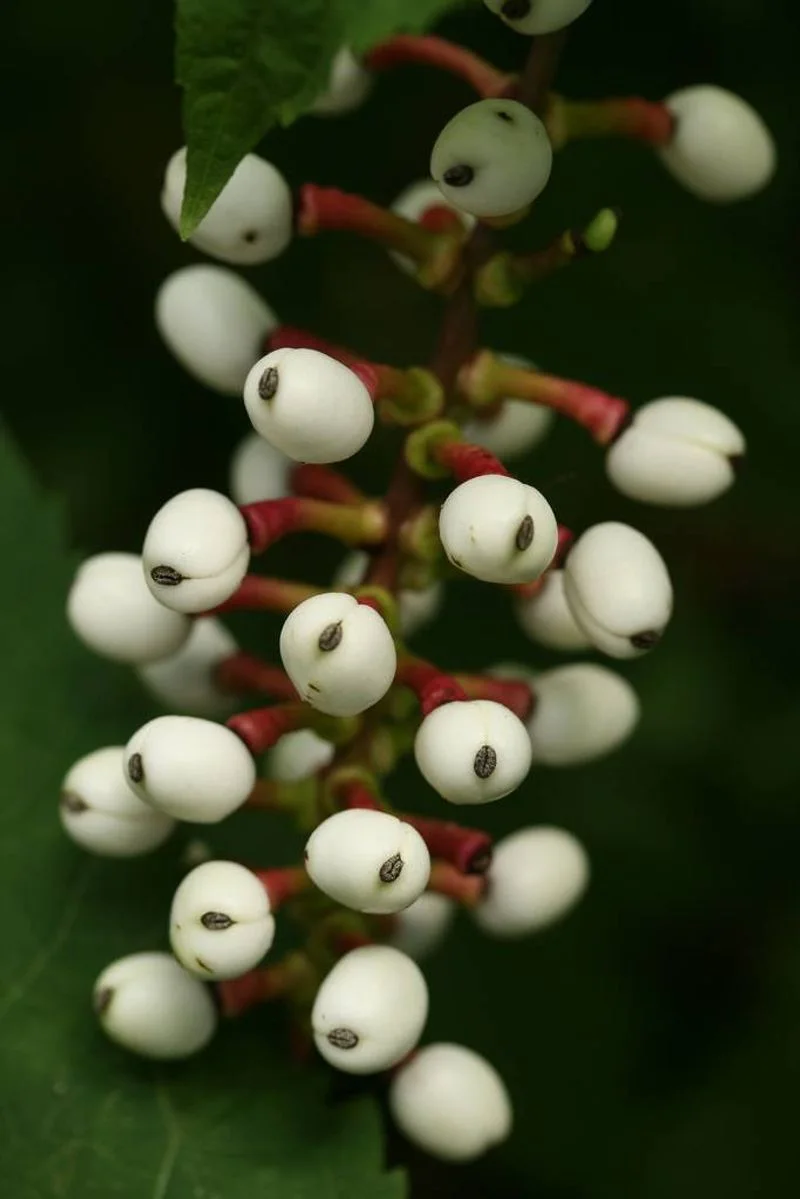
The Doll’s Eye Plant captures attention with its eerie white berries resembling eyeballs. Native to North American forests, it thrives in shaded areas.
Every part of this plant is toxic, yet it remains vulnerable to physical damage. Its haunting appearance adds an intriguing element to woodland gardens.
The plant’s striking visual and toxic nature have made it a subject of both caution and admiration. Did you know? Birds are immune to the berries’ toxins and help in seed dispersal.
Cobra Lily
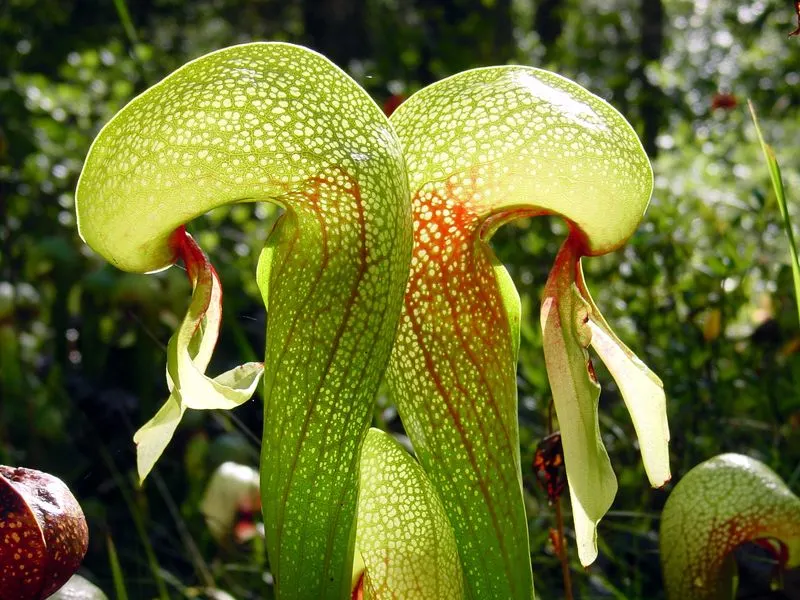
The Cobra Lily, with its snake-like appearance, is a carnivorous plant native to North American wetlands. Its tubular leaves resemble a cobra poised to strike.
This unique design traps insects, aiding its survival in nutrient-poor soils. Despite its predatory look, the plant is sensitive to environmental changes.
Its exotic appearance and unusual feeding habit invite curiosity and wonder. Fun fact: The Cobra Lily uses translucent patches to confuse prey, guiding them deeper into the trap.
Sea Onion
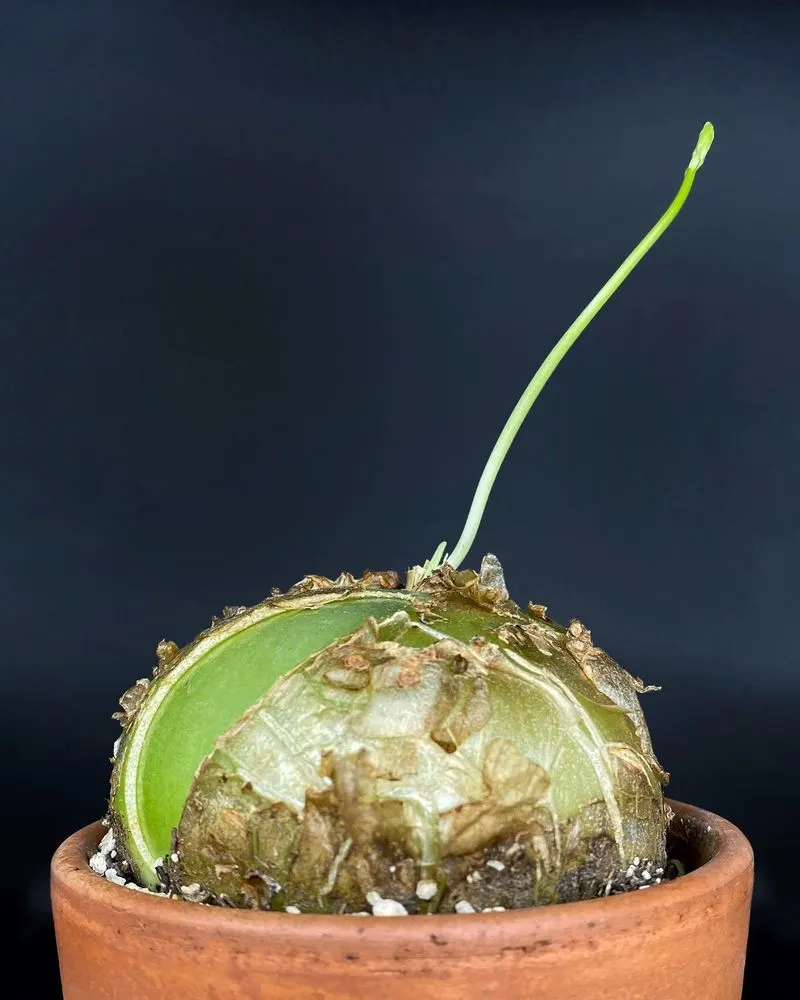
The Sea Onion, despite its name, is not an onion but a bulbous plant. Its green, translucent leaves resemble sea creatures, lending an aquatic vibe.
Native to South Africa, it thrives indoors under indirect light. The plant’s fragile bulb can easily rot if overwatered.
Its peculiar appearance and ease of care make it a favorite among indoor gardeners. Did you know? The Sea Onion’s flowering spike can reach over two feet tall, adding a dramatic touch to its look.

